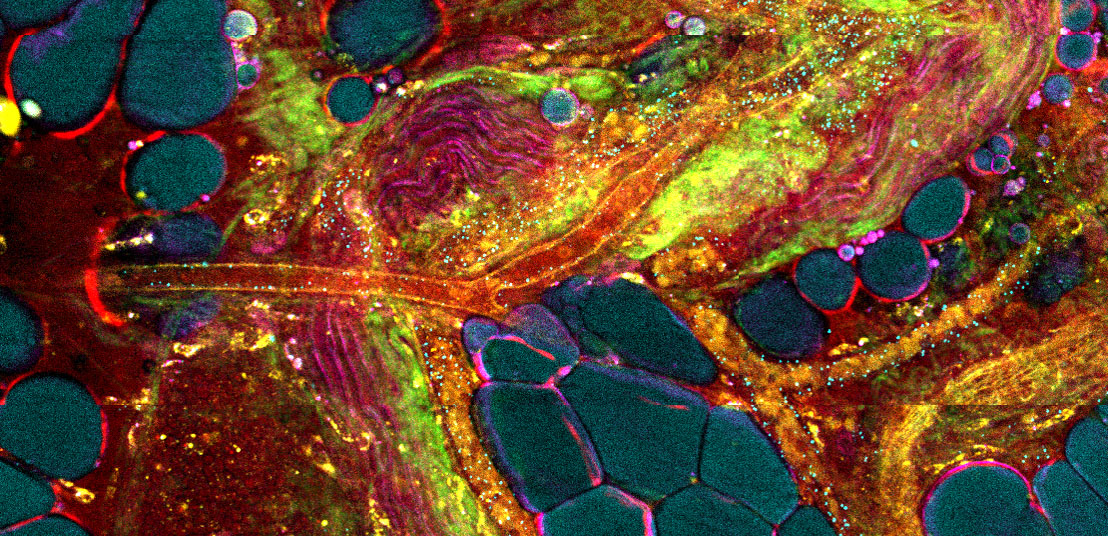Extracellular Vesicle Imaging and Therapy

Understanding how small structures play a huge role in human health
Extracellular vesicles are small structures surrounded by membranes that are released by cells. They help both healthy and diseased cells communicate. They play significant roles in the formation of cancer, neuroscience, stem cell biology and even the body’s responses to stress.
Understanding how small structures play a huge role in human health
Extracellular vesicles are small structures surrounded by membranes that are released by cells. They help both healthy and diseased cells communicate. They play significant roles in the formation of cancer, neuroscience, stem cell biology and even the body’s responses to stress.
Biologists, engineers and clinician scientists are working together to understand how extracellular vesicles are released and why they matter. They’re working to create optical imaging technologies and diagnostics that will provide early detection and monitoring of diseases like diabetes and neurodegenerative diseases.
Researchers in this group are also developing EV-based cancer vaccines and stem cell-derived EV therapies to help astronauts in space (and other people who can’t easily move) protect against loss of skeletal muscle mass.
Group leader
- Marni Boppart
Labs within this group
- Nelson named Keith W. and Sara M. Kelley Endowed Professor of Immunophysiology
- Beckman researchers aim to disrupt breast cancer line of communication and prevent spread
- $33 million project to improve cancer tumor surgery outcomes: Q&A with Stephen Boppart
- Beckman announces 2025 research seed grant recipients
- Beckman researcher designs nanoparticle structures, advances light-based disease detection
- Illinois researchers explore trends in frequency, treatment of common liver cancer in younger patients
Beckman Institute for Advanced Science and Technology